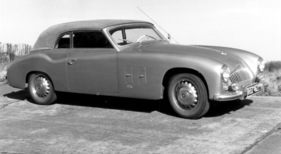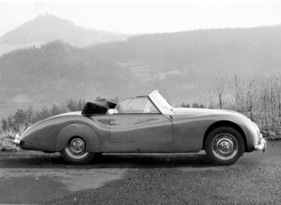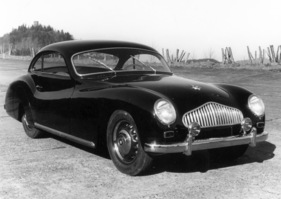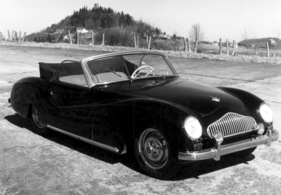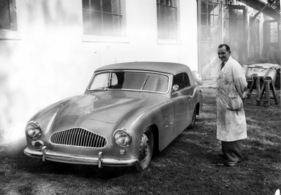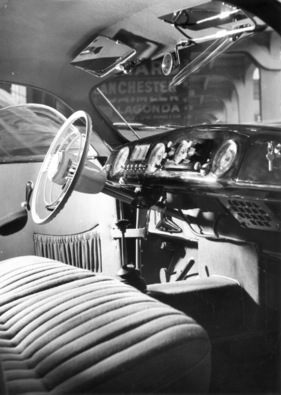The Veritas 'Nürburgring' vehicles of the fifties
Summary
At the beginning of the 1950s, a "new" company emerged at the Nürburgring that wanted to build modern sports cars based on established ideas and new approaches. Veritas proudly presented the Nürburgring series, but in the end only 24 vehicles were to be built until the financial resources ran out. This article describes the history, looks at the design features of the individual models and shows rare photos from the time, some of which were thought to have been lost. The report is supplemented by facsimile illustrations of the technical data and a sales brochure. Unique!
This article contains the following chapters
- The six-cylinder engine
- One of the first post-war redesigns
- Three model series and a racing sports car
- Civilized racing engine
- Fast coupés and cabriolets
- Probably 24 vehicles built
- Technical data of the various Veritas Nürburgring models
- List of chassis numbers
- Further information
Estimated reading time: 10min
Preview (beginning of the article)
Shortly after the end of the Second World War, Schorsch Meier, Lorenz Dietrich and Ernst Loof began building racing and road cars based on the BMW 326 and 328 in Hausen, Baden, and then from March 1948 in Meßkirch. When parts, especially engines, became scarce, Karl Schäfer and Karl Rech designed a new power unit. Both worked at BMW until 1945, then from 1947 to 1949 at or for Loof. From 1950, they worked in a design office with Hermann Trümpy in Switzerland and returned to BMW years later. The design of the new engine was developed in this office. Loof received the plans for the construction of the engine, which was essentially built by Heinkel.
Continue reading this article for free?
Photos of this article



























































